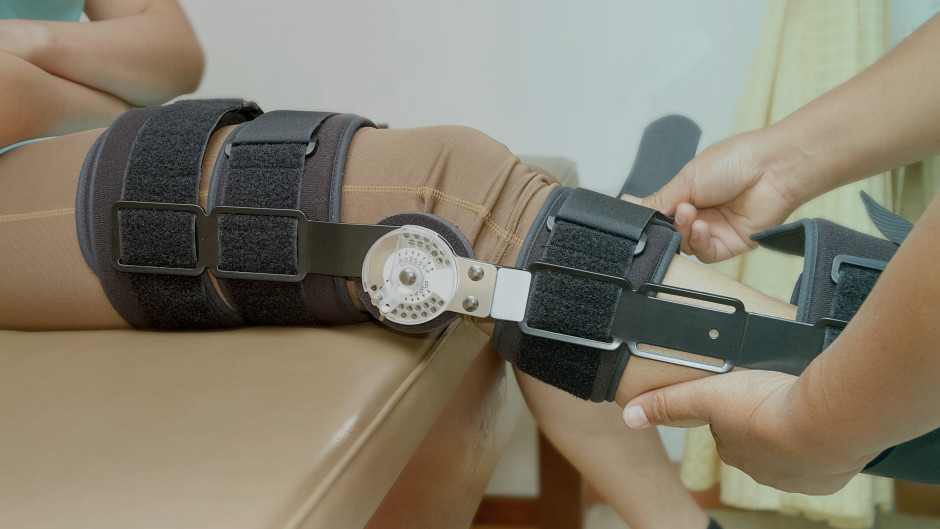UNDERSTANDING MUSCLE TENDON IMBALANCES

What is muscle tendon imbalance?
It's a mismatch of the force generating capacity of a muscle and the stiffness of its tendon, which is the capability of the tendon to resist force.
When the strength of a muscle increases, for example, due to training or maturation, the stiffness of the tendon represented here below as the slope of the force-strain relationship increases as well, and the strain during a maximum contraction does not change despite the larger forces that act on the tendon. This is, however, not always the case and thus the strain of a tendon can increase.
Since the ultimate strain of tendons cannot be changed, the strain of a tendon during a maximum voluntary contraction is therefore a good indicator for the mechanical demand that the muscle can place on the tissue, and it can serve as a parameter to identify muscle and tendon imbalances.
If you want to learn more about this topic, you can watch Dr. Falk Mersmann's lecture here:
What is the prevalence of muscle-tendon imbalances?
- It is prevalent more in disciplines with predominantly require plyometric loading
- It increases with age
- Prevalence is similar in males and females
- It has striking similarities to the prevalence of tendinopathy
What are the reasons for muscle-tendon imbalances?
- The first potential cause could be difference in the rate of tissue turnover between the muscle and the tendon. There is a wide belief that in tendons and connective tissue in general, that these tissues are metabolically more or less inert after reaching skeletal maturity.
- Another reason can be that muscle strength changes both due to muscle hypertrophy and structural changes within the muscle, not only that, neural adaptations also occur and they occur fast. It has been recently proposed that particularly changes in the neural level lead to fluctuations of strength in trained individuals. In tendons, on the other hand, a change in stiffness requires structural or morphological changes within the tissue and might thus occur with a delay compared to muscle strength.
How do you train tendons?
These clips below show some exercises examples which can be used to train tendons. These are explained in detail on Dr. Falk Mersmann's lecture on Trust Me-Ed

Exercise 1:
Exercise 2:
Exercise 3:
Exercise 4:
If you want to learn more about this topic, you can watch Dr. Falk Mersmann's lecture here:
Click here
Source:
1. Lecture ‘How to Train Human Tendons’ by Dr. Falk Mersmann.




